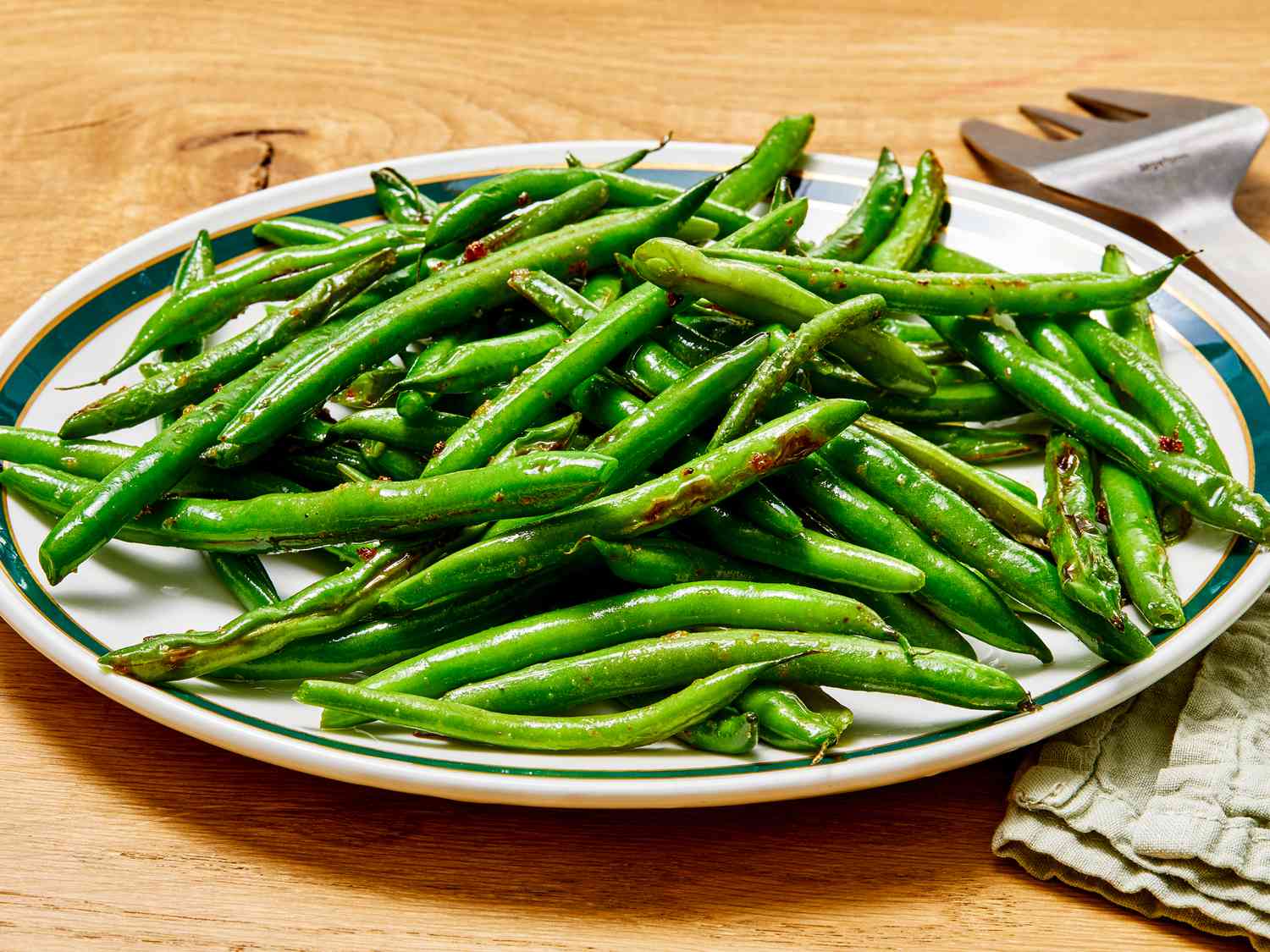
Green beans are more than just a side dish at dinner. These crunchy, vibrant veggies pack a punch of nutrition and history. Did you know that green beans, also known as string beans or snap beans, belong to the legume family? They originated in Central and South America and have been cultivated for thousands of years. Rich in vitamins A, C, and K, green beans are a great addition to any diet. They also provide a good source of fiber and essential minerals like iron and magnesium. Whether you enjoy them steamed, sautéed, or fresh from the garden, green beans offer a delightful crunch and a burst of flavor. Ready to learn more? Let's dive into 26 fascinating facts about green beans!
What Are Green Beans?
Green beans, also known as snap beans or string beans, are a popular vegetable enjoyed worldwide. They are not only tasty but also packed with nutrients. Let's dive into some fascinating facts about green beans.
-
Green beans belong to the legume family, which includes peas and lentils.
-
They are called "string beans" because older varieties had a fibrous string running along the pod.
-
There are over 130 varieties of green beans, each with unique flavors and textures.
-
Green beans can be eaten raw or cooked, making them versatile in many dishes.
Nutritional Benefits of Green Beans
Green beans are not just delicious; they are also incredibly nutritious. Here are some health benefits you might not know about.
-
A cup of green beans contains only 31 calories, making them a low-calorie food.
-
They are an excellent source of vitamins A, C, and K.
-
Green beans provide a good amount of fiber, which aids in digestion.
-
They contain antioxidants like flavonoids and carotenoids, which help fight free radicals.
Growing Green Beans
Ever wondered how green beans are grown? Here are some interesting facts about their cultivation.
-
Green beans thrive in warm weather and need full sunlight to grow.
-
They can be grown in gardens, containers, or even as part of a vertical garden.
-
It takes about 50 to 60 days for green beans to mature from planting to harvest.
-
Green beans are self-pollinating, meaning they don't need bees or other insects to produce pods.
Historical Facts About Green Beans
Green beans have a rich history that spans centuries. Here are some historical tidbits.
-
They were first cultivated in Central and South America over 7,000 years ago.
-
Spanish explorers brought green beans to Europe in the 16th century.
-
By the 19th century, green beans had become a staple in American gardens.
-
The term "snap beans" comes from the sound they make when broken in half.
Fun Facts About Green Beans
Green beans have some quirky and fun facts that might surprise you.
-
The longest green bean ever recorded was over 4 feet long.
-
In some cultures, green beans are considered a symbol of prosperity.
-
They are often used in school science experiments to teach about plant growth.
-
Green beans can be pickled, which gives them a tangy flavor and longer shelf life.
Cooking with Green Beans
Green beans are a favorite in many kitchens. Here are some culinary facts.
-
They can be steamed, boiled, sautéed, or roasted.
-
Green bean casserole is a popular dish in the United States, especially during Thanksgiving.
-
In French cuisine, green beans are often served as "haricots verts," which are thinner and more tender.
-
They pair well with ingredients like garlic, lemon, and almonds.
Environmental Impact of Green Beans
Green beans also have an impact on the environment. Here are some eco-friendly facts.
Green Beans: A Nutritious Powerhouse
Green beans pack a punch when it comes to nutrition and versatility. These vibrant veggies are loaded with vitamins, minerals, and antioxidants that support overall health. Whether you enjoy them steamed, sautéed, or in a casserole, green beans offer a delicious way to boost your diet.
Their low-calorie content makes them a great choice for those watching their weight, while the fiber helps keep your digestive system running smoothly. Plus, the vitamin C in green beans can strengthen your immune system, keeping you healthy year-round.
From their rich history to their numerous health benefits, green beans truly deserve a spot on your plate. Next time you're at the grocery store, grab a bunch and experiment with new recipes. Your body will thank you for it!
Was this page helpful?
Our commitment to delivering trustworthy and engaging content is at the heart of what we do. Each fact on our site is contributed by real users like you, bringing a wealth of diverse insights and information. To ensure the highest standards of accuracy and reliability, our dedicated editors meticulously review each submission. This process guarantees that the facts we share are not only fascinating but also credible. Trust in our commitment to quality and authenticity as you explore and learn with us.


